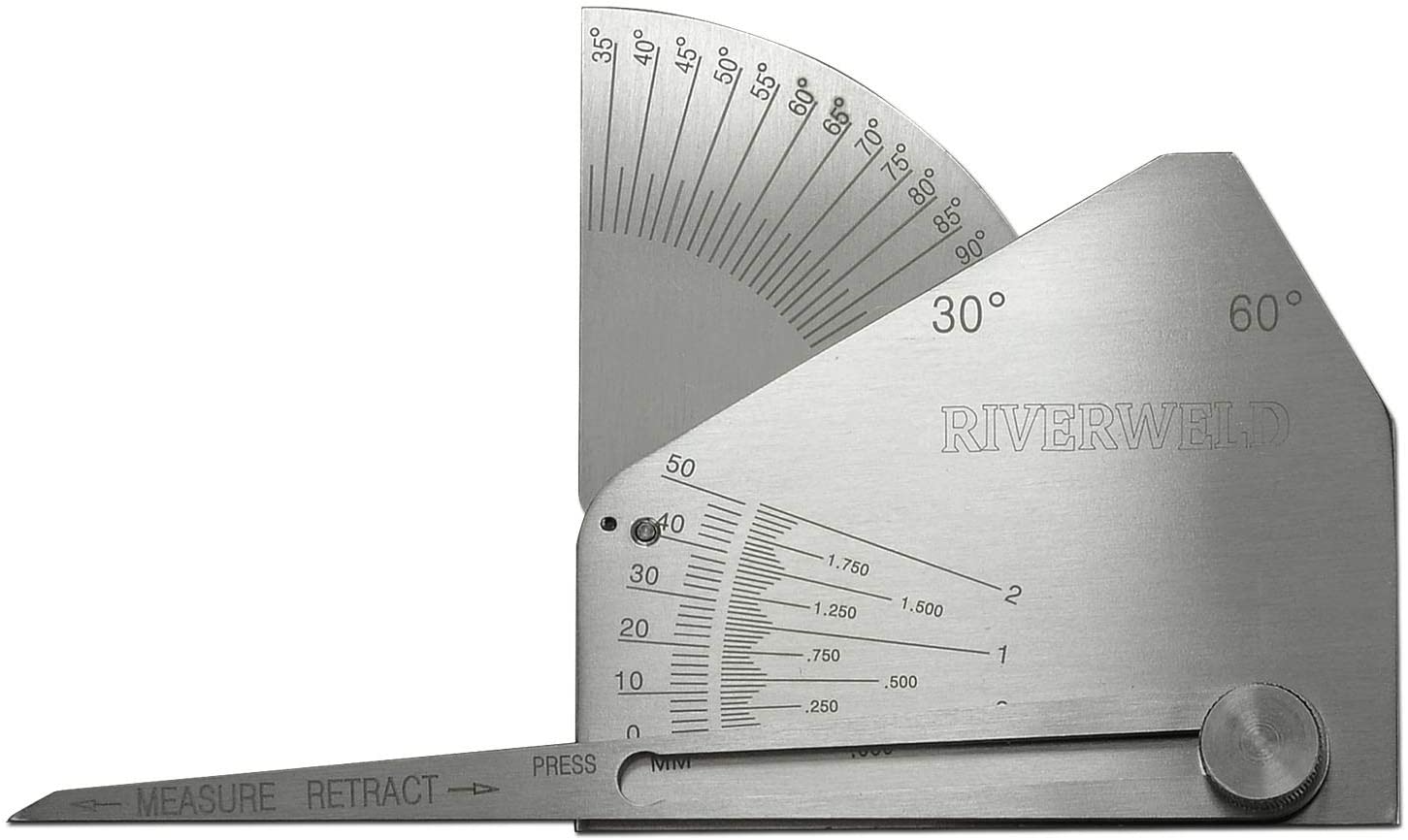Understanding Gauge Fillet Weld: A Comprehensive Overview for Welders
Understanding Gauge Fillet Weld: A Comprehensive Overview for Welders
Blog Article
Fillet Weld Design Techniques: Maximizing Joint Efficiency and Visual Appeal for Structural Honesty
In the realm of architectural engineering and construction, the importance of fillet weld design approaches can not be overstated. These strategies play a crucial role in not only ensuring the efficiency and architectural honesty of joints yet also in boosting the overall visual appeals of the ended up product. By meticulously considering factors such as weld profile optimization, product option, joint prep work techniques, welding process performance, and visual enhancement engineers, makers and techniques can attain a harmonious balance between capability and look in their welded structures. The blend of these elements not only results in durable joints yet likewise elevates the visual appeal of the end product.
Weld Profile Optimization


Attaining an optimum weld account entails a careful factor to consider of elements such as material thickness, joint arrangement, welding setting, and wanted welding speed. In addition, the selection of appropriate welding criteria, such as voltage, existing, and travel rate, is basic in controlling the form and dimensions of the fillet weld. Using innovative welding strategies, such as pulse welding or robot welding, can further improve the weld profile to fulfill certain layout demands and top quality requirements.
In significance, weld account optimization is an essential element of fillet weld layout that directly affects the total performance and dependability of bonded joints in architectural applications.
Material Choice Factors To Consider
When thinking about product selection for fillet weld layout, the compatibility of the base steels is a critical aspect influencing the structural integrity of the joint. It is important to select materials that not only weld with each other properly yet also have comparable mechanical residential properties to guarantee the lots is evenly dispersed in between the base and the weld metals. Welding materials with vastly different properties can lead to concerns such as anxiety concentrations, early joint failure, or breaking.
Additionally, the environment in which the bonded structure will operate must be taken into account when choosing materials. Variables like corrosion resistance, temperature changes, and exposure to chemicals can all affect the durability and performance of the weld joint. By choosing products that are suitable for the desired application and environment, the overall resilience and dependability of the bonded joint can be significantly enhanced.
Therefore, thorough consideration of material compatibility and ecological variables is extremely important in making sure the weld joint's strength, longevity, and general architectural stability.

Joint Prep Work Techniques
Taking into consideration the vital function material selection plays in ensuring the architectural stability of fillet weld joints, it is necessary to carry out exact joint preparation methods that maximize the connection between the base steels. Joint preparation is an important action that straight affects the quality and read review stamina of the weld. One essential strategy is the cleaning of base steels to eliminate any pollutants like rust, oil, or paint that could endanger the weld's honesty. This can be achieved through approaches such as grinding, cord brushing, or chemical cleaning.
Furthermore, tack welding the components in location before the last weld assists keep placement and decreases distortion throughout the welding procedure. By carefully complying with these joint preparation techniques, welders can improve the total efficiency and looks of fillet weld joints while making sure architectural sturdiness.
Welding Refine Performance
Effective welding procedures are important for achieving optimal performance and high quality in fillet weld fabrication. One essential facet of enhancing welding procedure performance is choosing the appropriate welding strategy. Variables such as product type, joint layout, and welding position must be thoroughly taken into consideration to identify one of the most ideal method. Processes like gas metal arc welding (GMAW) and flux-cored arc welding (FCAW) are typically used for fillet welds due to their versatility and rate.
Normal calibration of welding makers, examination of consumables, and maintenance of welding lanterns can stop downtime and remodel, eventually conserving time and resources. Well-trained welders are extra proficient at changing parameters, troubleshooting concerns, and keeping regular weld top quality.
Aesthetic Enhancement Methods
To enhance the quality of fillet weld manufacture, implementing visual enhancement techniques can play an important duty in guaranteeing precision and precision during the welding process. Aesthetic aids such as weld dimension assesses and multiplying lenses can help in assessing weld accounts and dimensions properly. By incorporating these visual improvement approaches right into the welding process, welders can accomplish not only structurally audio fillet welds however additionally aesthetically enticing outcomes that satisfy market criteria.

Conclusion
To conclude, optimizing fillet weld layout involves cautious factor to consider of weld account, product choice, joint prep work, welding process effectiveness, and visual enhancement techniques. By applying these strategies, architectural honesty can be improved while also achieving visual charm. It is very important to prioritize both performance and visual appeals in fillet weld layout to ensure the total quality and toughness of the joint.
By diligently taking into consideration variables such as weld account optimization, material selection, joint preparation check this techniques, welding process performance, and aesthetic improvement designers, approaches and producers can achieve a harmonious equilibrium in between functionality and look in their welded frameworks.In the realm of fillet weld design, enhancing the weld account plays an important role in guaranteeing structural honesty and performance. The weld account, which consists of the size and shape of the weld cross-section, directly influences the distribution of stress and load-bearing capability within the joint. It is necessary to pick materials that not only weld with each other successfully yet additionally have comparable mechanical properties to ensure the load is uniformly distributed between the base and the weld metals - Gauge Fillet Weld.In conclusion, enhancing fillet weld layout includes cautious consideration of weld profile, material selection, joint prep work, welding click here for more process effectiveness, and visual improvement methods
Report this page